Are there sharks in Rhode Island? 8 sharks that can be found off the shore
Shark attacks are extraordinarily rare in Rhode Island.
According to the International Shark Attack Files, there have only been two confirmed unprovoked attacks in the Ocean State. The word "confirms" matters, as suspected bites, such as a suspected 2019 bite at Moonstone Beach, don't make the ISAF's list.
With so few bites, Rhode Island consistently finds itself at or near the bottom of the list when stories come out about the most shark-infested beaches in the world.
That being said, Rhode Island is not sharkless, with a new shark license plate to prove it. And in recent summers, the Atlantic Shark Institute, based in South Kingstown, has been spotting species offshore that aren't traditionally seen in Rhode Island waters likely due to warming waters. Sometimes, rare species are found washed up on shore.
Here's a look at some of the species of sharks spotted swimming in Rhode Island's waters.
White Sharks
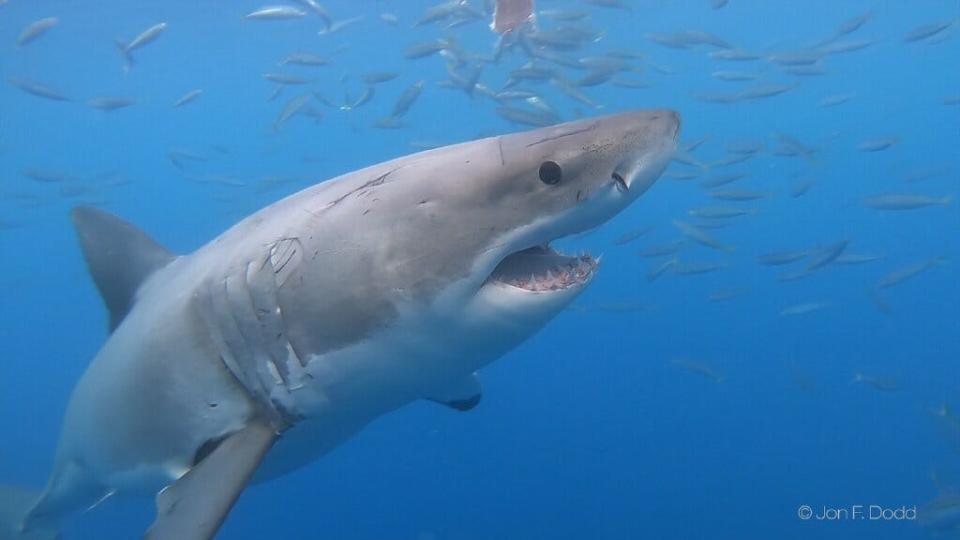
Colloquially called great white sharks, these are some of the most talked about sharks out there. One of the most tracked sharks, there are acoustic receivers in Rhode Island waters that ping when a tagged white shark is nearby. Because the data being collected is new, researchers don't know if there are more white sharks in Rhode Island waters or if we are just more aware of them. This endangered species grows up to 21 feet long.
Smooth dogfish
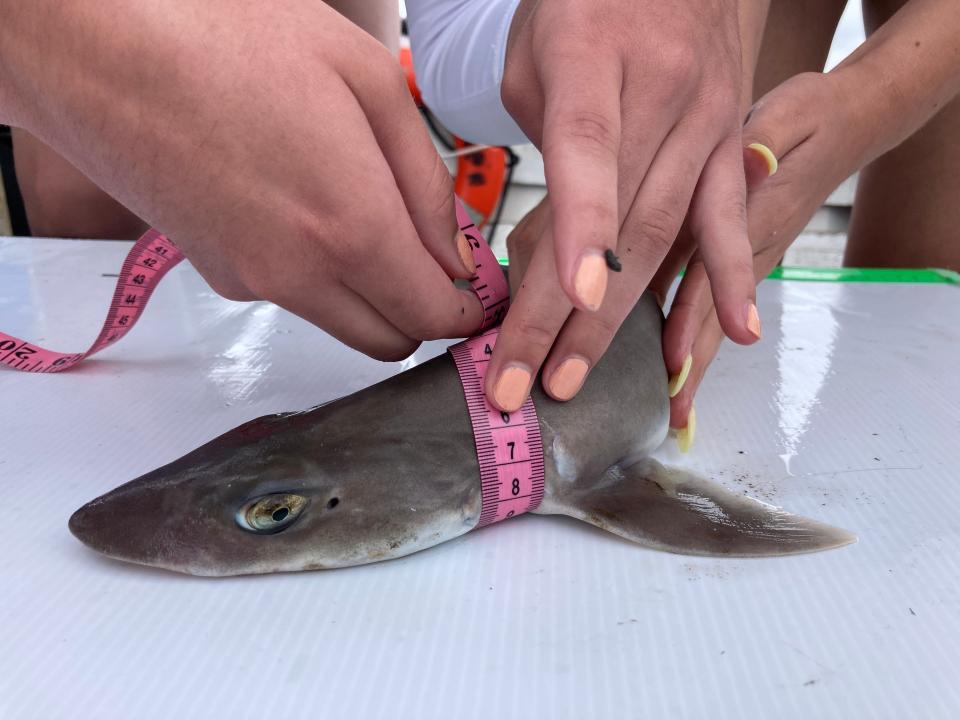
The shark you are most likely to catch while fishing, the smooth dogfish grows to 3 feet long. If you hook one, luckily the teeth are blunted cusps and not the daggers other shark species come loaded with.
Blacktip sharks
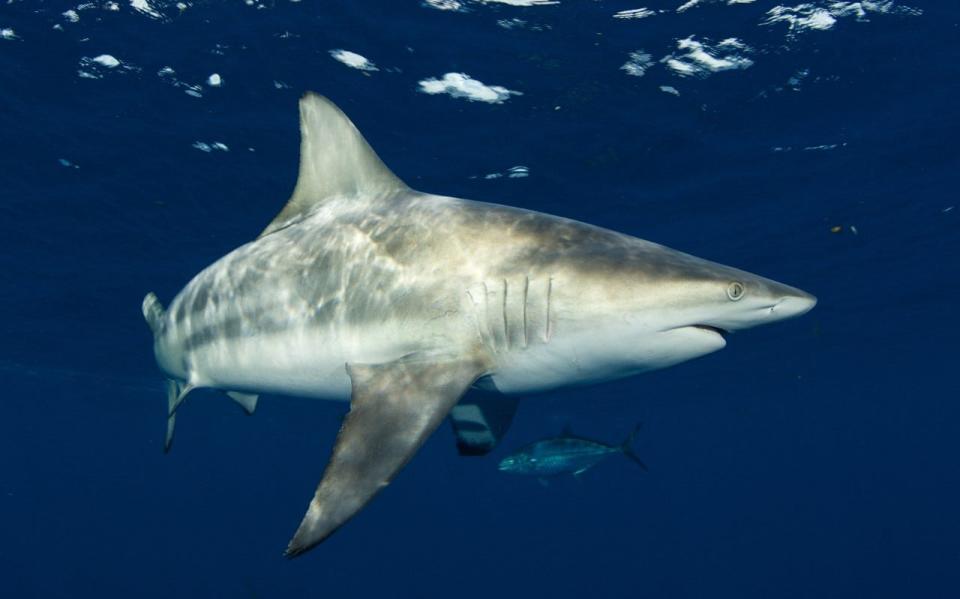
Executive Director of the Atlantic Research Institute and researcher John Dodd first spotted blacktip sharks off the coast of Rhode Island in 2020. In Florida, this species of shark is well-known for gathering in large schools off the coastline. As a shark that is often close to shore, the species has been involved in 16% of Florida's unprovoked shark attacks since 1926, according to the International Shark Attack File. None of them have been fatal. Blacktips, which are classified as endangered, eat fish, cephalopods and crustaceans.
Spinner shark
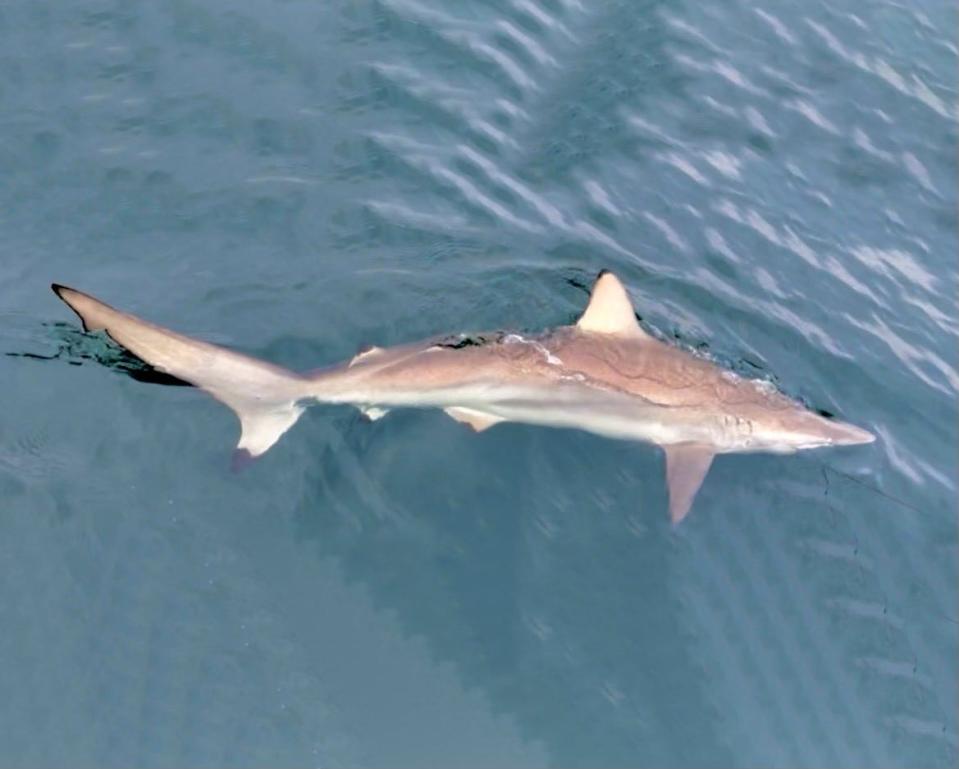
In the same family as the blacktip shark, the Atlantic Research Institute also first spotted the spinner shark offshore in 2020. They are believed to be involved in 9% of shark attacks in Florida, according to the International Shark Attack File, and also have not delivered a fatal bite. Spinner sharks grow to be 8 feet long and eat a diet primarily of fish.
Common Thresher
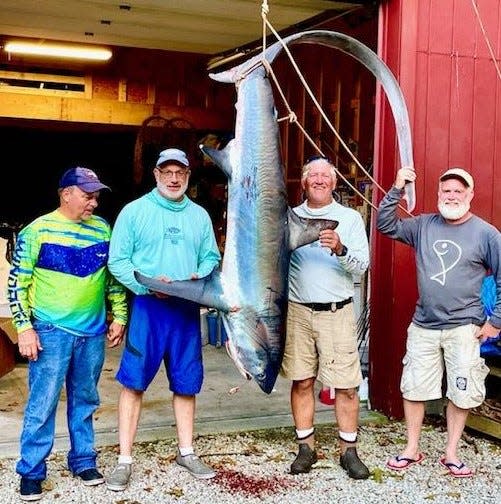
One of the most distinctive features of the common thresher is its long fin which makes up 50% of the shark's length. The species uses its tail to herd and stun fish before whipping around to devour them. It grows to 16 feet in length. Recreational fishermen need a special permit to harvest thresher sharks.
Blue Shark
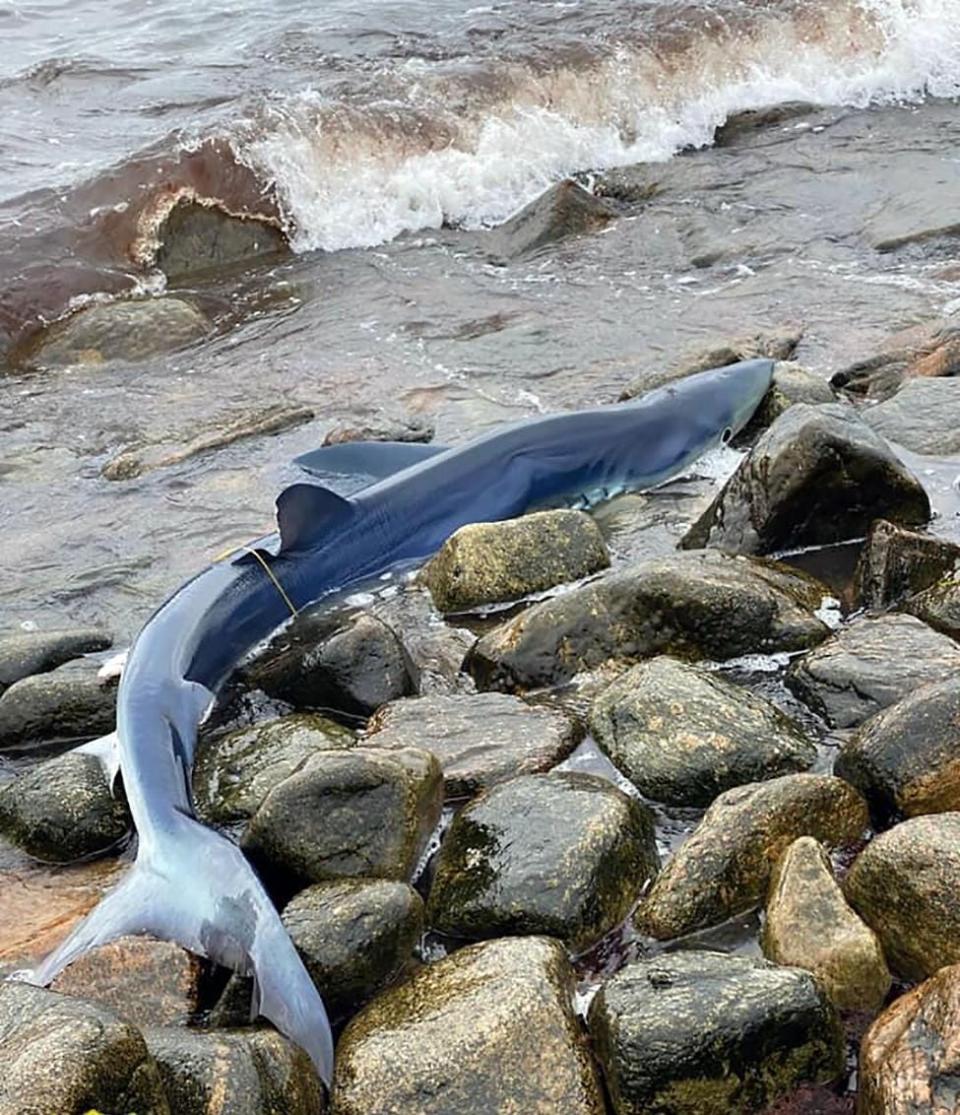
Named for their blue color, these sharks prefer to live far out in the ocean, which is part of what made it unusual when one was stranded on the coast in 2020. (Don't worry, the Department of Environmental Management saved it.) Blue sharks are typically 7 feet long. One of the more unusual habits of theirs is they segregate by sex.
Porbeagle sharks
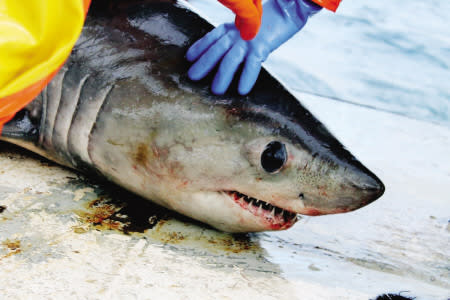
Sometimes confused with white sharks, porbeagle sharks have a stockier body and their teeth are not serrated. They are typically 10 feet long, and seasonally abundant. The Atlantic Shark Institute has tagged some porbeagles and is studying their movements, with a particular interest in if they come close to Block Island.
Ask the RI DMV: When will the Atlantic Shark Institute license plates become available?
Shortfin mako sharks
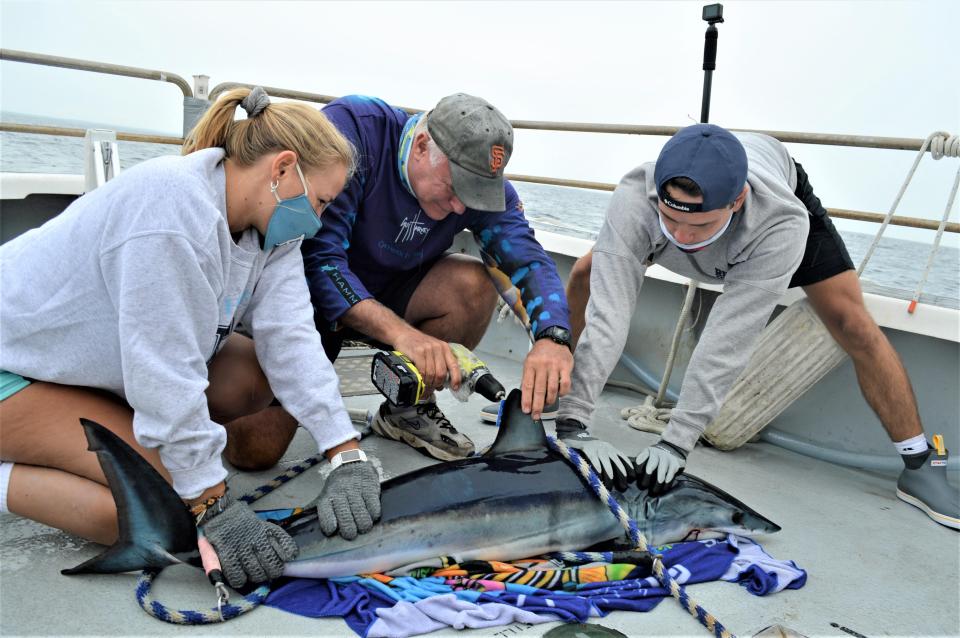
These sharks have been compared to a sports car by University of Rhode Island Professor Brad Wetherbee, who studies the species and has tagged them in the waters between Pt. Judith and Block Island. With a streamlined body, mako sharks can reach speeds of 50 miles per hour, faster than any other shark out there. They are a highly migratory species, with some of the ones Wetherbee tagged traveling to 27 different countries.
This article originally appeared on The Providence Journal: Are there sharks in RI waters? 8 species you may encounter
